The current world is being taken over by AI. The internet has been flooded with illustrations, and even videos created by AI. While some people are concerned that may cost them their job, growers are very much looking forward to the infamous autonomous growing.
The road to that is getting shorter and shorter, also thanks to operations like DC Farms out of Leamington, Canada. “I saw this AI opportunity about 4 years ago.,” says Michael Del Ciancio, Manager at DC Farms. “The company I was working with at the time was biting more than it could chew. You know, everybody has these grandiose ideas, and that can get quite overwhelming. Eventually, it all comes down to which AI is good for me.” Michael describes a quite common situation in the horti industry, where growers need to find the way through tech companies claiming they found the sorcerer’s stone.
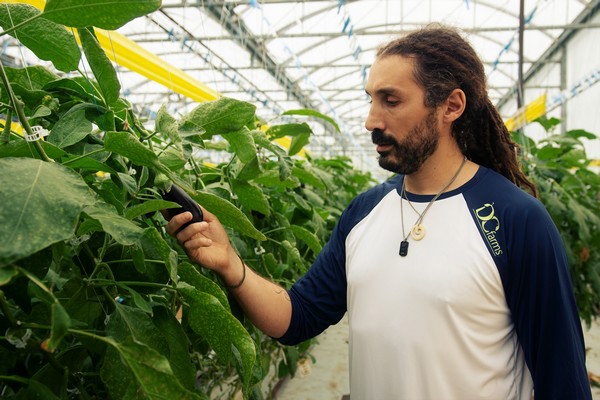
Be autonomous
That’s why Michael decided to take it step by step. He selected an AI and started training that to tailor it to his needs. “First, I worked with my growing environment computer,” he says. Little by little, the AI got better, giving Michael all the data points to further nuance his cultivation, and eventually get a better product. “I can look at the future forecast and my historical data throughout the year. This allows me to make more accurate fine-tuning decisions.”
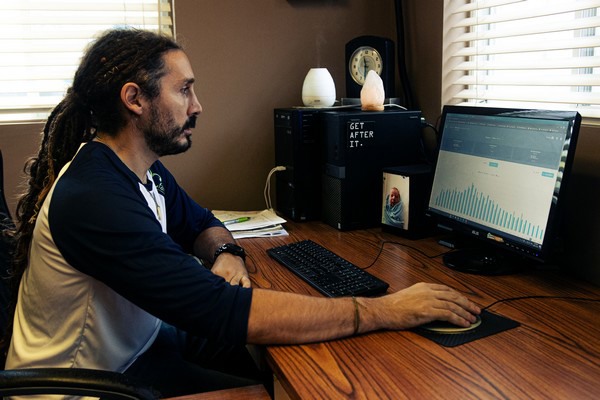
In the end, Michael is planning to use AI to increase the greenhouse energy efficiency. “Sustainability is the talk of the town nowadays, but it’s hard to grasp what it actually is,” says Michael. “Now, imagine if the AI in your greenhouse is capable of understanding how to reduce energy consumption throughout the day. For instance, the AI may predict that the next three days morning will be warm, but afternoons will be colder. The heating in the greenhouse would be automatically adjusted by the AI as days progress, thus reducing energy consumption. But it would also understand the dynamics of the energy market, and draw more energy when it’s cheaper, and decrease consumption when it gets more expensive.”
Making human labor less physically intense
Autonomous growing will take patience, but offers many opportunities to increase a greenhouse productivity and efficiency, not only in terms of energy and cultivation fine-tuning but also in terms of crop protection. “I’m now working with a company that uses AI for pest scouting and microclimates in the greenhouse,” Michael points out. It’s crucial to understand that all these automated solutions are not meant to substitute human labor. “I’m implementing all of that to keep up with modern day. The point here is not to eliminate human labor all together, but to make the work easier for my employees.”
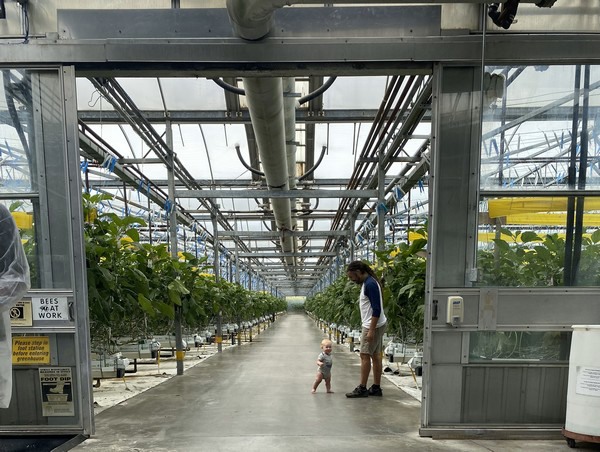
After all, working in a greenhouse is very much physically intense. Michael and his family know that very well, coming from an Italian immigrant family. “My grandparents immigrated here from Italy, back in the day. This land where we are right now used to be owned by the Mucci family – this is where they started. My parents purchased it, from my grandparents and the other Mucci brothers and started growing and selling for Heinz and also had a beautiful fruit market along the roadside.” Fun fact, Michael’s mother is a Mucci. “When outdoor cultivation started being too challenging, with prices, environment and production going issues, there was a big push for greenhouses in this area. So, in 1995, my family built their first greenhouse. I was 12 or 13 years old.”
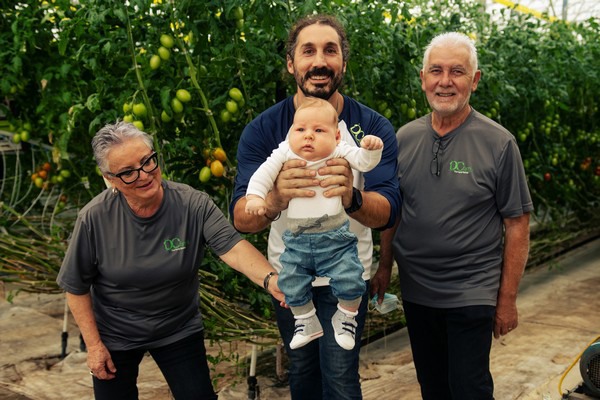
A history of hard workers
Striving for innovation through hard work is ingrained in Michael's family’s values. “My family got into farming because they had the immigrant hard-working style, like most of the people that come here to work from abroad. Hard work eventually led my parents into farming. The natural progression of agriculture and change led them into the greenhouse industry.”
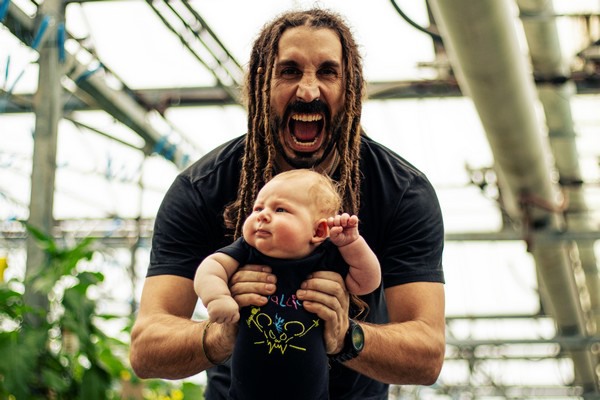
Having been there with his family from the start, Michael is very much aware of the ins and outs of the greenhouse industry, and what the sector needs to be acknowledged. Indeed, he’s the director of the OGVG board. “I want to help our industry get more understanding. I’m trying to hold my industry to a higher standard, and educate the community about the great things we do. Greenhouse cultivation is a lifestyle, and I want to find the best ways to find solutions for deep-rooted issues in our industry, and usher the whole sector forward.” For instance, Michael is having talks with schools and the community to bring people to see a portion of his greenhouses in action and get a taste of what all of that is about. “A community education greenhouse - people need that,” he points out. “That’s how we make change. We need to educate the people and the government.”
For more information: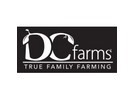
DC Farms
1557 County Rd 34, Ruthven, ON N0P-2G0
Office: 519-322-1052
Fax: 519-322-2430
dcfarms.co
